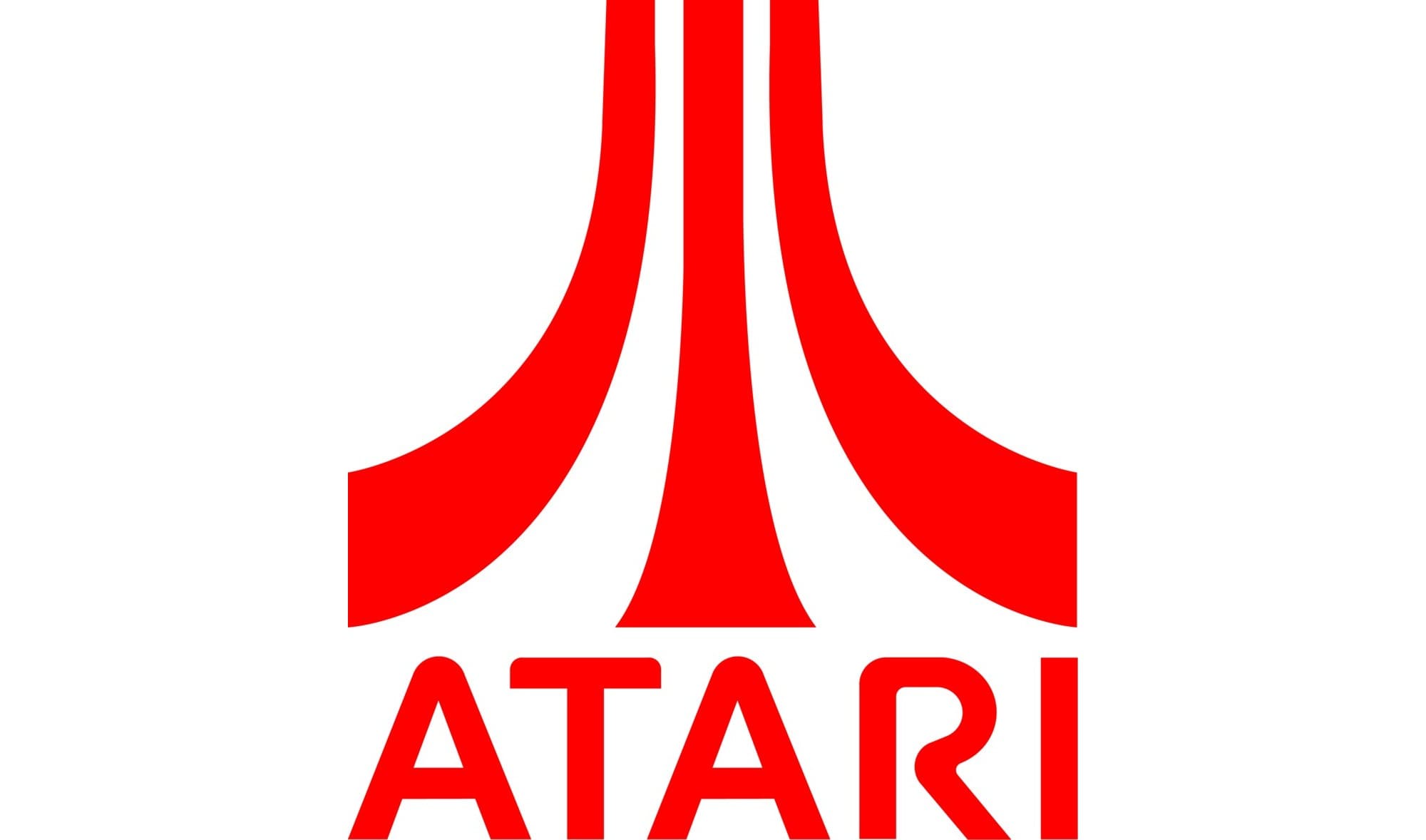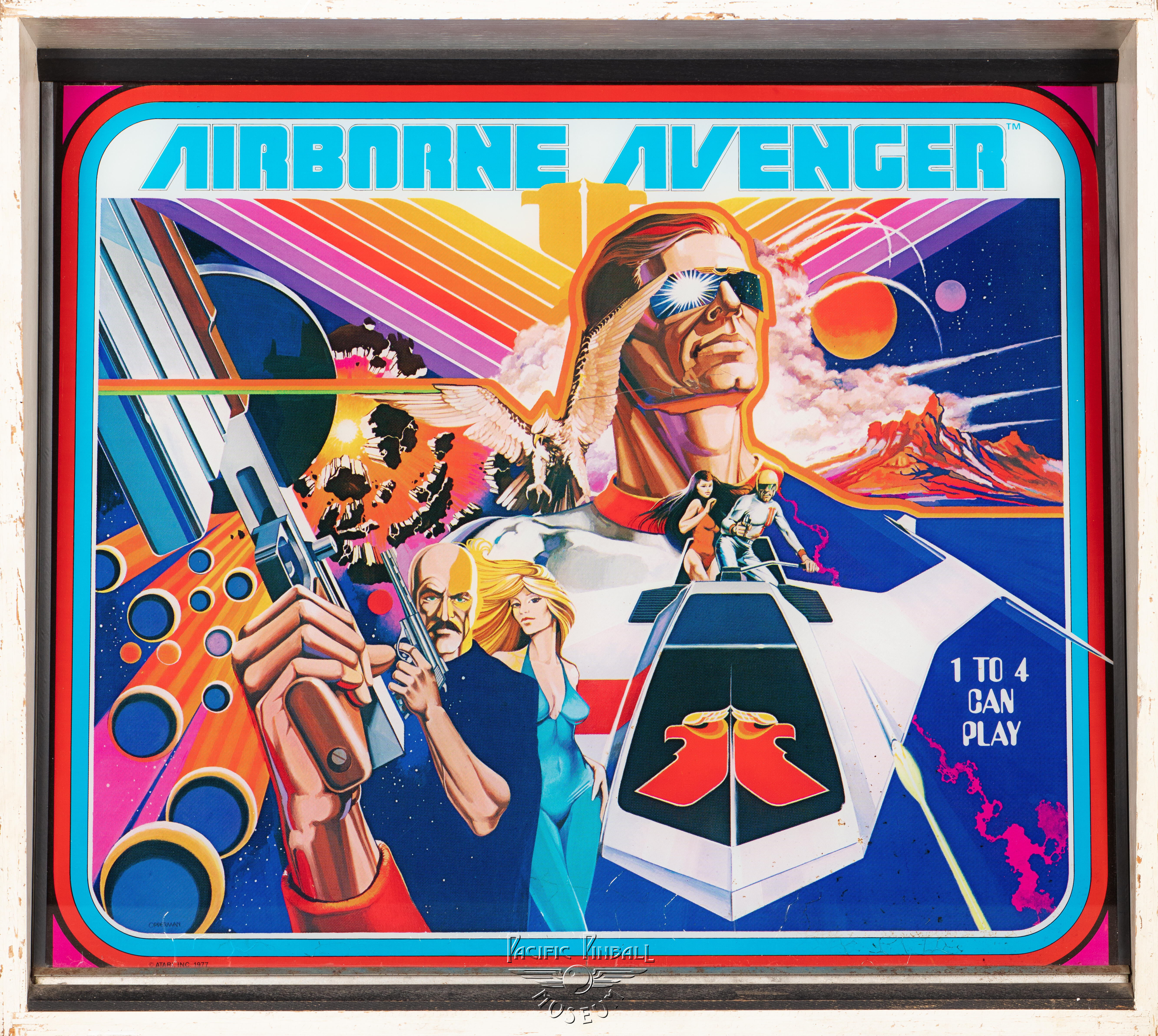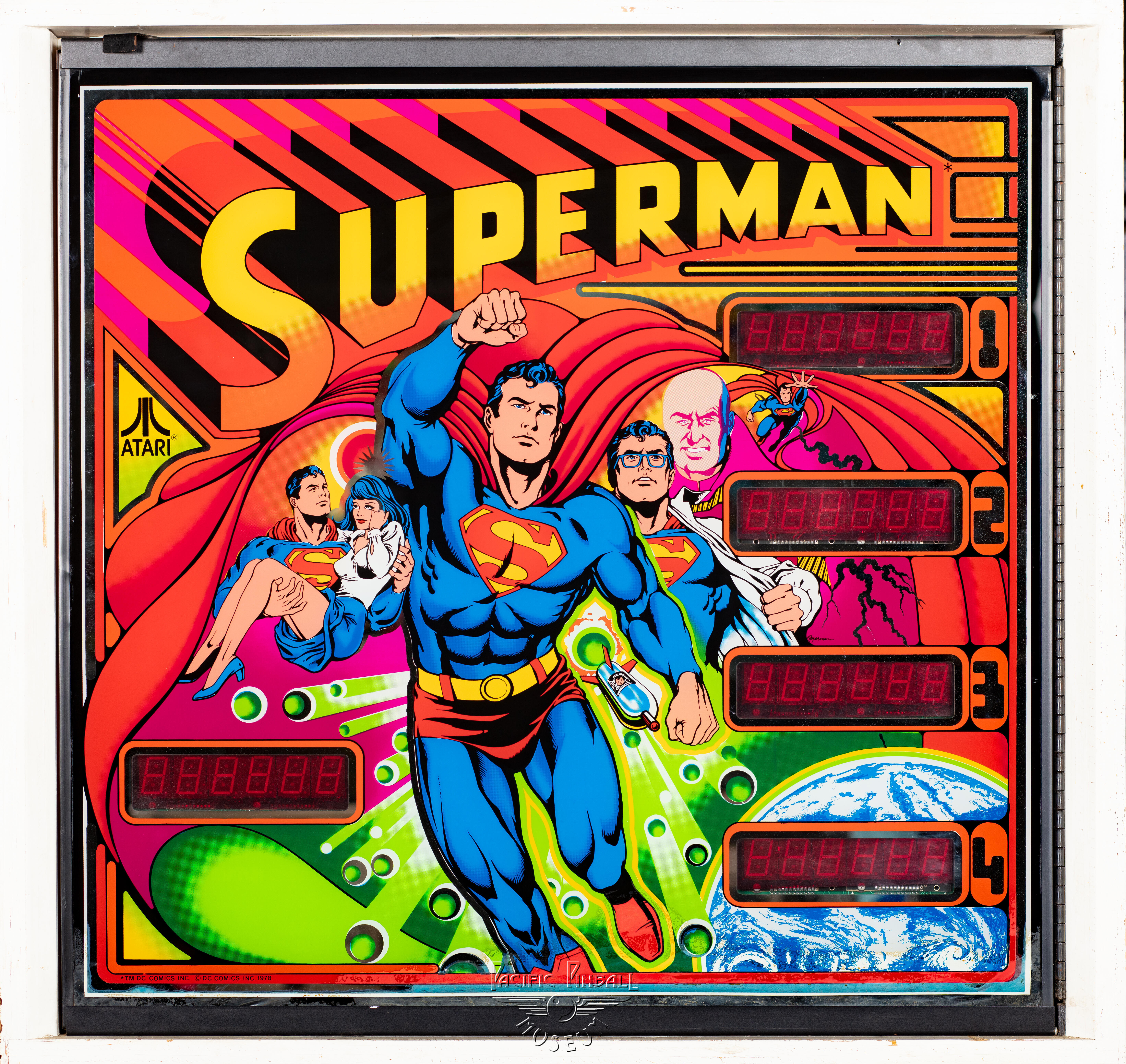
Atari Pinball Machines
Atari's pinball venture was brief but memorable, lasting from 1976 to 1979 during the company's golden age under Nolan Bushnell's leadership.
Getting Into the Game
Fresh off Pong's success, Atari jumped into pinball in 1976 with "The Atarians." The move made sense - pinball still dominated arcades, and Atari wanted a bigger piece of the coin-op pie. Right away, you could see their video game DNA in the electronic sounds and digital displays instead of traditional mechanical scoring.
The Hits
"Superman" (1979) became their biggest success, perfectly timed with the Christopher Reeve movie. It featured groundbreaking multiball play and electronic speech - practically unheard of in pinball then. "Road Runner" that same year brought Warner Bros. cartoon sounds to life with the signature "beep beep" and innovative gameplay mechanics.
Technical Edge
Atari's strength was blending electronics with mechanical pinball. While competitors like Gottlieb and Williams still used electromechanical systems, Atari went full solid-state, enabling complex rules and scoring. The speech synthesis in "Superman" was revolutionary when most machines still relied on bells and chimes.
Why It Ended
The irony was perfect - Atari helped create the video game boom that ultimately hurt pinball. By 1979, video games were gaining ground in arcades, and competing with established pinball giants like Gottlieb, Williams, and Bally required massive investment. Atari decided to focus on what they did best: video games.
The Legacy
In just three years and about ten machines, Atari bridged the gap between old electromechanical pinball and the electronic future. Their innovations - digital displays, electronic speech, complex programming - became industry standards. It was a fascinating moment when the company that created video games tried to master pinball, showing just how experimental and creative the arcade world was during that transitional era.

